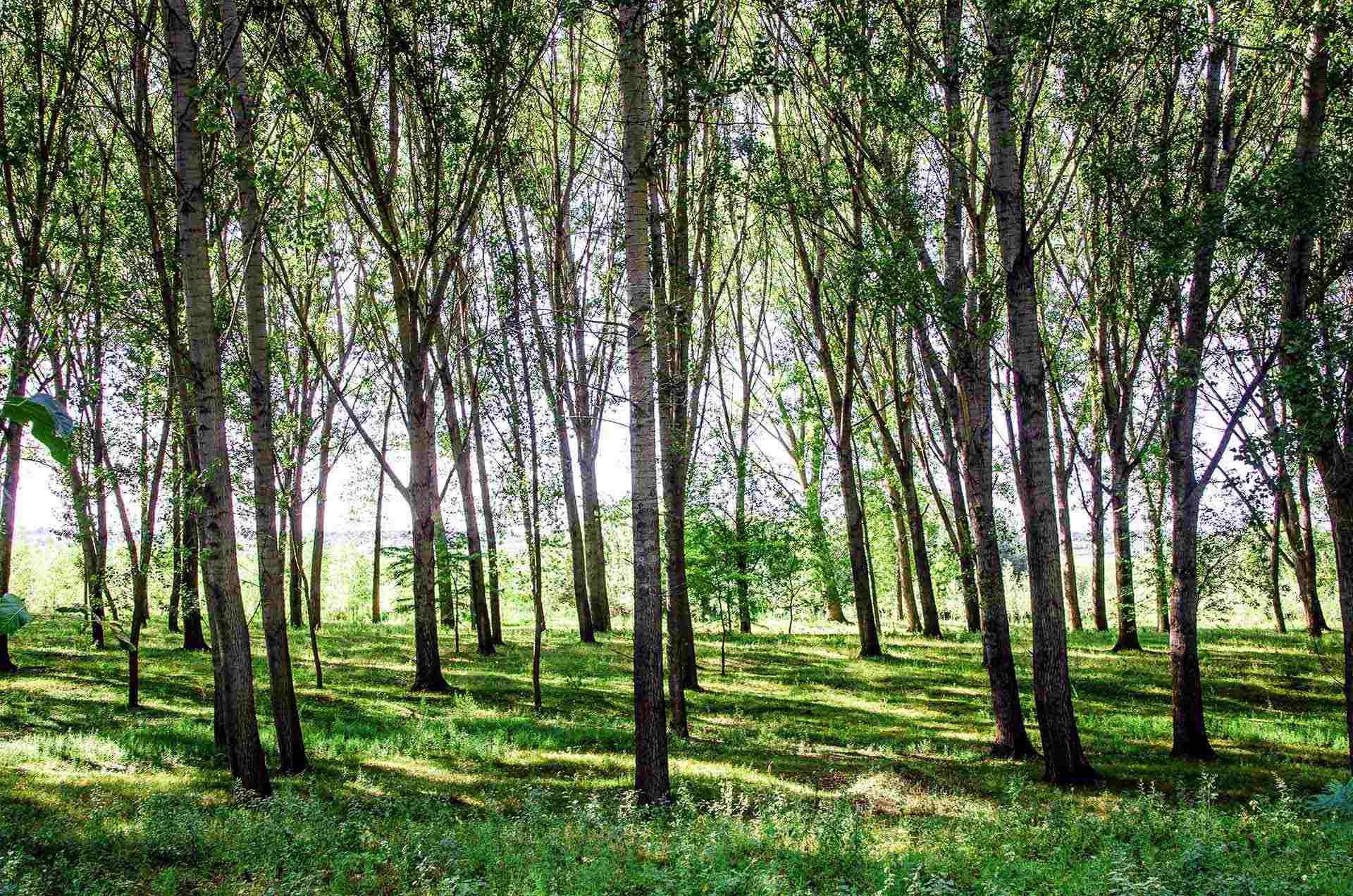
Lake Nasser, the majestic body of water located in the heart of Africa, holds a myriad of enigmatic secrets waiting to be unraveled. Formed by the construction of the Aswan High Dam in the 1960s, this reservoir spans across both Egypt and Sudan, creating a unique and awe-inspiring landscape that captivates the imagination.
In this article, we will delve into the depths of Lake Nasser and uncover 15 fascinating facts that will leave you astonished. From its massive size and staggering depths to its rich historical and ecological significance, Lake Nasser promises to take you on a virtual journey unlike any other. So, fasten your seatbelts and prepare to be amazed as we explore the enigmatic wonders of this mesmerizing lake.
Key Takeaways:
- Lake Nasser is a massive reservoir in Egypt and Sudan, created by the Aswan High Dam. It’s home to unique wildlife, ancient temples, and a mystical history, making it a must-visit for adventurers and nature lovers.
- The tranquil and enigmatic Lake Nasser offers a haven for fishing, island exploration, and a glimpse into ancient mythology. Its vast expanse and rich history make it a captivating destination for those seeking adventure and natural wonders.
The Impressive Size of Lake Nasser
Spanning over 5,000 square kilometers, Lake Nasser is one of the largest reservoirs in the world. Its vast expanse stretches across two nations, creating a majestic border between Egypt and Sudan.
A Result of the Aswan High Dam
Lake Nasser was formed as a result of the construction of the Aswan High Dam in the 1960s. This ambitious engineering project aimed to control the annual flooding of the Nile River and generate hydroelectric power.
Ancient Temples Were Relocated
During the construction of the Aswan High Dam, numerous ancient temples and archaeological sites were at risk of being submerged. In an extraordinary preservation effort, several temples, including the famous Abu Simbel temples, were relocated to higher ground to ensure their preservation.
A Haven for Wildlife
Lake Nasser is home to a diverse array of wildlife, including numerous species of birds, crocodiles, and fish. Birdwatchers are especially drawn to the lake, as it serves as a crucial stopping point for migratory birds traveling between Africa and Eurasia.
The Reservoir of Secrets
Beneath the tranquil surface of Lake Nasser lies a hidden world of submerged villages and ancient artifacts. As the water level fluctuates, occasionally revealing remnants of the past, Lake Nasser becomes a time capsule of history waiting to be explored.
A Type of Fish Exclusive to Lake Nasser
The Nile perch, a large predatory fish, is an iconic species found exclusively in Lake Nasser. Anglers from around the world flock to the lake with hopes of catching one of these majestic creatures.
The Nubian Monuments’ Safeguard
Along the shores of Lake Nasser, you can discover the hidden treasures of the Nubian culture. Many of the ancient Nubian monuments, dating back thousands of years, were relocated and protected from the rising waters.
A Cruising Paradise
Exploring Lake Nasser by boat is an unforgettable experience. From luxury cruises to traditional feluccas, there are various options to navigate the lake’s serene waters and take in the breathtaking landscapes and ancient wonders along the way.
Home to the Temple of Kalabsha
The Temple of Kalabsha, one of the remarkable ancient temples relocated during the creation of Lake Nasser, is now located on the western shore. This well-preserved temple is dedicated to the Egyptian gods Amun and Mandulis.
A Color-Changing Phenomenon
Due to the presence of unique minerals and algae, the color of Lake Nasser’s water can change from vibrant shades of blue to green or even reddish hues, creating a mesmerizing spectacle for those witness it.
A Haven for Fishing Enthusiasts
With its abundance of fish species, including Nile perch, tigerfish, and catfish, Lake Nasser offers exceptional opportunities for fishing enthusiasts. Cast your line into the depths and try your luck at catching a trophy fish.
An Oasis in the Desert
Surrounded by arid landscapes, Lake Nasser serves as an oasis in the desert. Its presence not only provides a source of freshwater but also creates a lush ecosystem that sustains a variety of flora and fauna.
The Stillness of Lake Nasser
One of the most captivating aspects of Lake Nasser is its tranquility. Away from the bustling cities, the lake offers a peaceful retreat where visitors can immerse themselves in nature and find solace in its serene atmosphere.
Exploring the Remote Islands
Dotting the surface of Lake Nasser are numerous islands, each with its own charm and allure. Embark on an island-hopping adventure and discover hidden archaeological sites, fascinating rock formations, and abundant wildlife.
The Mythical Realm of Sobek
Lake Nasser holds a special place in Egyptian mythology as it was believed to be the dwelling place of the ancient deity Sobek, the crocodile god. Legend has it that Sobek ruled over the waters, bringing fertility and protection to the surrounding lands.
As we conclude our exploration of the 15 enigmatic facts about Lake Nasser, it is evident that this extraordinary body of water holds a captivating allure for those seeking adventure, history, and natural beauty. Whether you are gazing at the mesmerizing color-changing waters or discovering ancient temples hidden beneath its depths, Lake Nasser promises a truly unforgettable experience.
Conclusion
Lake Nasser is a truly fascinating destination that captivates visitors with its enigmatic qualities. From its creation as a result of the monumental Aswan High Dam project to its rich history and diverse wildlife, there is no shortage of intriguing facts about this remarkable lake. Whether you’re a history enthusiast, nature lover, or simply seeking a unique adventure, Lake Nasser offers an unforgettable experience. From the temples of Abu Simbel to the ancient rock art of Wadi El Sebua, there are countless wonders waiting to be discovered. So, immerse yourself in the mystery and grandeur of Lake Nasser and embark on a journey of a lifetime.
FAQs
Q: How was Lake Nasser created?
A: Lake Nasser was created as a result of the construction of the Aswan High Dam in the 1960s. The dam was built to control the flooding of the Nile River and generate hydroelectric power.Q: What is the size of Lake Nasser?
A: Lake Nasser is one of the largest man-made lakes in the world, covering an area of approximately 5,250 square kilometers.Q: What makes Lake Nasser unique?
A: Lake Nasser is unique not only because of its massive size but also because it submerged several ancient temples and archaeological sites. These sites were relocated before the flooding, preserving Egypt’s rich cultural heritage.Q: Is Lake Nasser home to any wildlife?
A: Yes, Lake Nasser is home to a diverse range of wildlife, including various species of fish, crocodiles, and birdlife. It offers fantastic opportunities for fishing and birdwatching.Q: Can visitors explore the temples submerged in Lake Nasser?
A: Yes, visitors can explore the relocated temples and archaeological sites around Lake Nasser. The most famous among them is the stunning Abu Simbel Temple, which was carefully dismantled and moved to higher ground.
Unraveling Lake Nasser's enigmatic facts may have piqued your curiosity about other fascinating bodies of water. Discover the thrill of freshwater fishing as you explore intriguing facts about largemouth bass. Journey to Russia's Kuybyshev Reservoir and uncover its captivating secrets. Finally, embark on a voyage along the Nile River, where ancient wonders and modern marvels intertwine. Each destination holds its own unique allure, promising an unforgettable adventure for those who dare to explore.
Was this page helpful?
Our commitment to delivering trustworthy and engaging content is at the heart of what we do. Each fact on our site is contributed by real users like you, bringing a wealth of diverse insights and information. To ensure the highest standards of accuracy and reliability, our dedicated editors meticulously review each submission. This process guarantees that the facts we share are not only fascinating but also credible. Trust in our commitment to quality and authenticity as you explore and learn with us.


